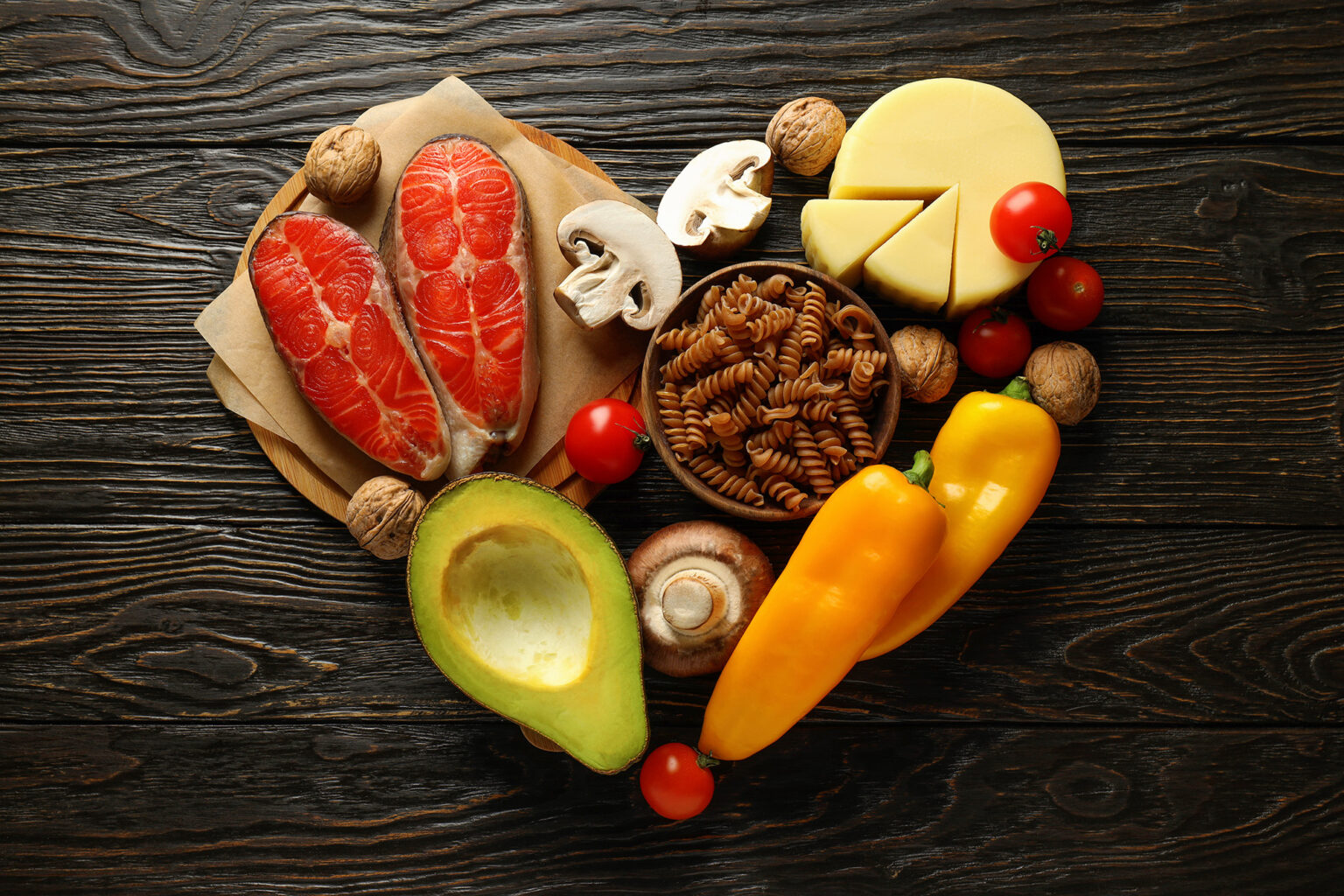In the vast universe of fitness and health, the heart reigns supreme as the engine of our very existence. Our hearts beat tirelessly, a symbol of life’s rhythm. Yet, in a world brimming with dietary advice, deciphering which foods truly benefit this vital organ can be overwhelming. The connection between what we eat and our heart’s health is undeniable. A diet rich in specific nutrients can shield our hearts from disease, improving overall longevity and quality of life. It’s not about restrictive eating; rather, it’s about making informed, flavorful choices that nourish both body and soul.
The cornerstone of heart health lies in the balance of nutrients we consume. Omega-3 fatty acids, found abundantly in fish, flaxseeds, and walnuts, are celebrated for their anti-inflammatory properties, which play a critical role in reducing heart disease risk. Fiber, another hero of the heart, not only aids in digestion but also helps manage cholesterol levels, a key factor in cardiovascular health. Antioxidants, abundant in colorful fruits and vegetables, ward off oxidative stress and inflammation, further protecting our hearts. And let’s not forget about healthy fats – the monounsaturated and polyunsaturated kinds – which, contrary to outdated myths, are essential for maintaining heart health.
Feast for the Heart
The more colorful your plate, the better for your heart. Fruits like berries, oranges, and apples, alongside vegetables such as spinach, kale, and sweet potatoes, are not just visual delights. They’re packed with vitamins, minerals, and antioxidants that support heart health. Integrating a rainbow of these foods into your diet can be as simple as adding berries to your morning oatmeal or snacking on carrot sticks with hummus.
Refined grains are stripped of their nutritional value, leaving you with empty calories. Whole grains, on the other hand, retain all their fibrous glory, making them a powerhouse for heart health. Switching to whole-grain bread, pasta, and rice is an effortless way to incorporate them into your diet. For the adventurous, quinoa, barley, and farro offer a tasty twist to meals, packing a punch of fiber that keeps your heart beating strong.
The protein section of your plate also plays a crucial role in heart health. Lean meats, such as chicken or turkey, offer high-quality protein without the saturated fat that can burden your heart. Fish, especially fatty types like salmon and mackerel, are rich in omega-3 fatty acids, which are beneficial for heart health. Plant-based proteins, including lentils, beans, and tofu, not only provide protein but also fiber and other heart-friendly nutrients.
Nuts and seeds are small but mighty sources of heart-healthy fats, proteins, and fiber. Almonds, walnuts, and chia seeds can be sprinkled on salads, yogurt, or enjoyed as snacks. Legumes, such as beans and lentils, are not only affordable and versatile but also a fantastic source of protein and fiber, making them ideal for heart-conscious eaters.
Meal Planning: A Roadmap to Heart Health
Embracing a heart-healthy diet can seem daunting at first glance, but with a bit of planning, it becomes a rewarding journey filled with delicious discoveries. The key is to think of meal preparation not as a chore but as an investment in your health and well-being.
Start by sketching out a week’s worth of meals, incorporating a variety of the heart-healthy foods we’ve discussed. Breakfast could be oatmeal topped with berries and walnuts, providing a fiber-rich start with a dose of omega-3s. For lunch, a quinoa salad with mixed vegetables, chickpeas, and a sprinkle of feta offers a perfect blend of whole grains, protein, and healthy fats. Dinner might feature grilled salmon with a side of roasted sweet potatoes and green beans, covering your omega-3s, antioxidants, and fiber.
Beyond the Plate
A heart-healthy lifestyle extends beyond food. Regular exercise, adequate sleep, and stress management are critical components. Aim for at least 150 minutes of moderate aerobic activity or 75 minutes of vigorous activity each week. Ensure you’re getting 7-9 hours of sleep per night, as sleep deprivation can negatively affect your heart health. Practice stress-reducing techniques such as mindfulness or yoga to keep both your mind and heart calm.
Making heart-healthy eating a lifelong habit requires patience and persistence. Start small by introducing one new heart-healthy food into your diet each week. Make your grocery shopping a quest for heart-healthy ingredients, and experiment with new recipes that incorporate these foods. Remember, change doesn’t happen overnight, but each step brings you closer to a healthier heart.
As we draw this culinary journey to a close, let’s reflect on the essence of what it means to eat for your heart. It’s about more than just avoiding certain foods or following dietary trends. It’s about nurturing your body with what it truly needs to thrive. Embracing heart-healthy foods is not just a recommendation; it’s a celebration of life itself. It’s an invitation to explore, to taste, and to love the diverse bounty that nature offers us, all while giving our hearts the care they deserve.
The choices you make at the table have the power to shape your health in profound ways. So, as you move forward, remember that each meal is an opportunity to nourish not only your body but your heart and soul as well.
I invite you to embrace these heart-healthy eating principles with open arms and an open heart. The journey to heart health is not a solitary one; it’s a path we walk together, one meal at a time. Let’s celebrate the joy of eating for our hearts, and let’s do so with gusto, for a life lived with a strong heart is a life full of boundless possibilities.









